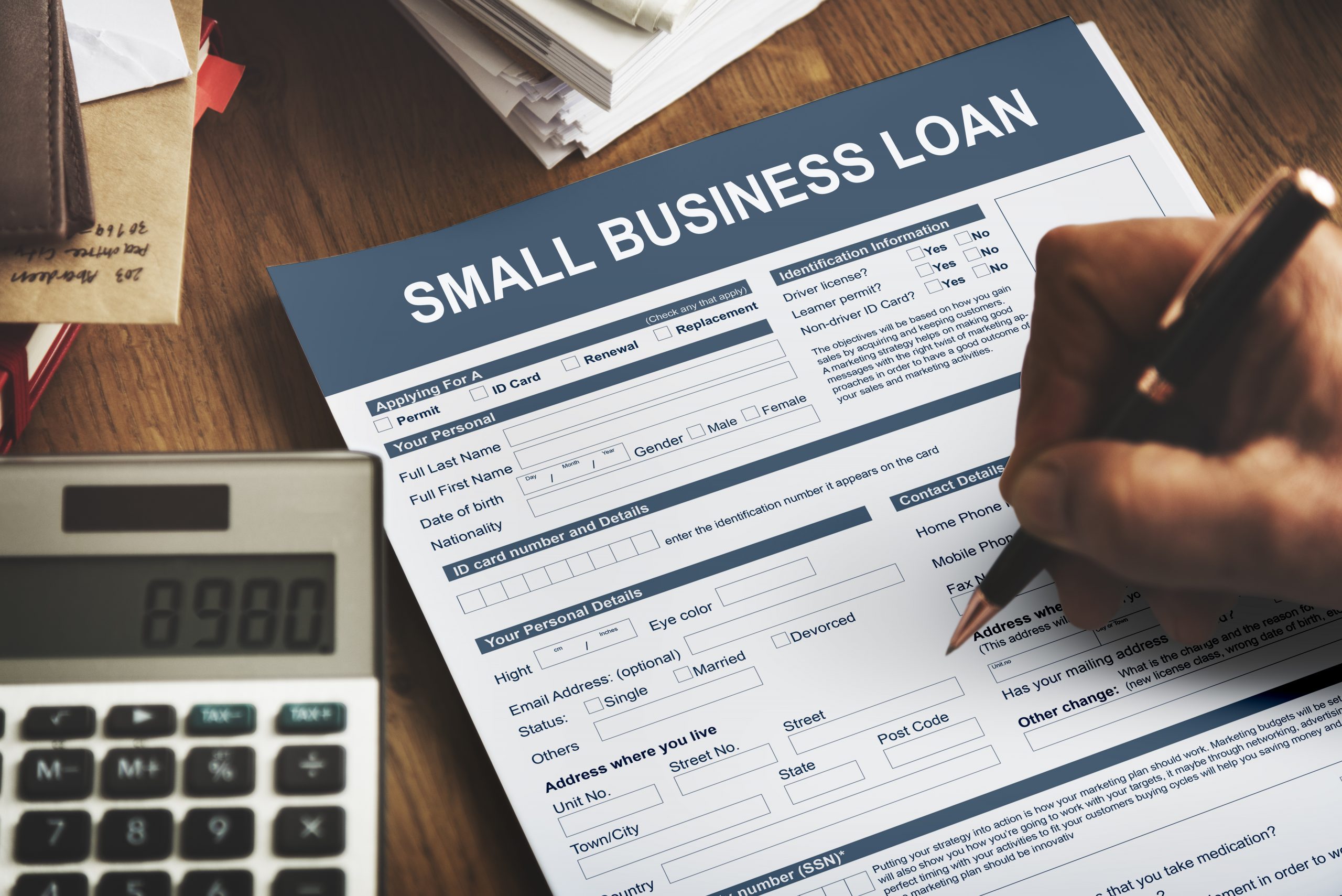Getting money to fund your business idea is one of the most daunting tasks of starting your own business. Some entrepreneurs max out their credit cards trying to launch a business. Others work with investors, banks or other lending institutions to raise capital to start their business. For entrepreneurs with a great idea for a low-cost invention, there’s another option available to raise enough money in order to launch their product ideas – crowdfunding.
Crowdfunding is a way to get a large group of people to invest small amounts of money in your product idea. Collectively, the amount raised by your investors can match or even exceed your expected financial goals and can give you the capital to help you bring your product to market.
At first glance, crowdfunding might seem confusing. There are different platforms to consider, different types of campaigns to run, all of which could overwhelm you. By breaking it down into manageable tasks, you will be able to run a successful crowdfunding campaign to launch your product.
What are Good Business Ideas for Crowdfunding?
Crowdfunding projects come in all shapes and sizes, ranging from new technology gadgets to films to games. Most crowdfunding offers something tangible as a deliverable, but it’s worth noting that one of the most successful campaigns was to bring back a television show called Mystery Science Theater 3000, which raised over $5M.
Perhaps the most famous and successful crowdfunding campaign was for the Pebble smart watch, which was so successful that the company raised over $1m in just over a day, and went on to raise $5.5m. The campaign threatened the market leader FitBit, which subsequently purchased Pebble for $23M to keep it from threatening their market share.
While technology is arguably the most successful type of crowdfunding products, crowdfunding certainly isn’t limited to tech. Many crowdfunding campaigns have been launched for music and art, including poetry. Self-help books are also a popular with crowdfunding. In the food and beverage space, there are campaigns for wine preservers, healthy snacks, coffee products, and even campaigns to help companies find permanent homes for their start-up eateries.
There is no limit to the type of ideas that have been financed through crowdfunding campaigns. Browse through different crowdfunding websites to see if anyone has successfully run a campaign similar to your idea. It could give you ideas for your own product launch.
Crowdfunding vs. Traditional Financing
One huge benefit of crowdfunding is the ability to use the platform to research your product and its ability for widespread appeal. Let’s say you have a great idea for a new digital gadget. You can create a crowdfunding campaign to determine whether your idea has a viable market. If the campaign attracts the attention of enough investors, you can take the money invested and bring your product to market. If, on the other hand, your product idea doesn’t catch on and you don’t raise the expected capital by the time the campaign ends, the money pledged by your crowdfunding investors is returned to them, and you can avoid making a costly investment in time, money, and resources in an idea that just might not work.
In crowdfunding, the expectation of people who invest in your idea is that they will receive some benefit related to the product, either an early shipment of the finished product or a discounted price when buying the product once it launches. The benefits for small business owners are twofold; firstly, the business owner doesn’t have to relinquish equity in the company. Secondly, once the product is provided to investors, it provides a (hopefully) substantial group of people who will have the product and who will hopefully become aggressive brand ambassadors, telling all their friends about how great your product is.
The people who invest in your crowdfunding campaign believe in the viability of your product. They may also be willing to provide feedback on the product as it goes through its development which can be invaluable to you in the process. People who have invested in your campaign can help you spread the word more effectively by word of mouth and personal experience, which is far cheaper and more effective than any advertising campaign would be.
In more traditional financing, you would make a business plan and shop it around to investors and other financial institutions. If you manage to secure an investment or a loan, you are then responsible for either paying back that loan, with interest, or defaulting on the loan and ruining your credit rating. With crowdfunding, you have no debts to repay, you must simply provide your customers with the product that you’ve promised.
Plan Your Crowdfunding Campaign
The first thing you need to do when planning your crowdfunding campaign is to choose a platform. Two of the more popular ones are Indiegogo and KickStarter. Each of these platforms offer different types of campaigns to run for your crowdfunding efforts.
There are two main types of campaigns. The first is colloquially known as the all-or-nothing campaign. In this campaign model, you are tasked with raising all of the money you set out to raise. If you can’t raise more than your target amount, you don’t receive any of the funding, and it is returned to your backers. This is often the favorite choice of backers, since there is no risk to them. Also, crowdfunding platforms usually don’t charge any fees to the backers that select this funding option, either.
If you are looking to gauge interest in a new product, then you want to choose this type of funding option. While you might not get the funding and have to consider other methods of financing your project if you still want to launch, many new and exciting products have captured the imagination of more people than anticipated. You could find yourself with a runaway hit.
The other type of funding option is where you keep any funding that you do raise. While you might not get the funding you want or even need, it could be enough to either create a scaled version of the product being funded.
As an example, a person wanted to fund a cookbook, and set their funding option to collect whatever came in. The book was mostly marketed to close friends and family, as well as the author’s online following online. Initially, the cookbook was intended to have a hardcover, but when the campaign ended, it fell short of the funding goal. The author published the cookbook but released it as a softcover book rather than a hardcover one, since the funds raised couldn’t cover the cost of a hardcover edition. However, everyone who contributed as backers received their cookbook as promised by the campaign.
When you start planning your crowdfunding campaign, the choice between campaign funding types is the most significant decision you need to make. Once you have decided which type of funding will work the best for your campaign, it’s time to plan the launch of your campaign.
Launch Your Campaign
In order to launch a crowdfunding campaign, you need to sign up with a crowdfunding website. Go over the financing information very carefully, so there are no surprises when your campaign is complete. For instance, if you don’t factor in the fees that the platform deducts at the end of the campaign, you might be caught short when it’s time to start working.
You are going to have to prepare quite a bit of marketing and advertising materials in order to get the attention needed to succeed in your crowdfunding campaign. Expect to create a video, graphics for the campaign, and graphics to promote your campaign on social media. You are going to have to write volumes about your product, explaining it in fine detail so people who are viewing your campaign for the first time will have a complete picture of you, your company, and the product you are proposing to manufacture once you raise the funds. You might have to create a technical specification sheet so people will be able to determine whether they can use your product in their country.
Often campaign managers offer different tiers of incentives for people to back at different price levels. Whether it’s free samples, discounted purchases, or other incentives, you’re going to have to plan them out carefully, in order to ensure you are getting money to use for product development, and not just covering your costs for one product.
You campaign page on the crowdfunding platform will have to be filled out entirely in order to maximize your potential for attracting backers to your campaign. The good news is that if your crowdfunding campaign takes off, the platforms themselves will encourage participation in your campaign by promoting it themselves in the featured campaign section of their sites.
You will need to decide how long you want your campaign to run. There is usually a maximum number of days allowed. However long you choose, make sure you have given yourself enough time to collect funds without interfering with any other business deadlines that you may have created. A shorter, all-or-nothing campaign could put pressure on people not to miss out on your campaign and generate the funds more quickly by forcing them to decide whether they’re “in or out” on the spot.
Once everything is set up on your campaign platform and your crowdfunding campaign is launched, it’s time to start on your own marketing and advertising campaigns. Send out emails, post to your social media accounts, and keep updating your backers how far along you are in the process. If you’re allowing them to send you feedback, be responsive. Including your backers in the process is a good way to increase engagement and will show potential backers that you’re listening to feedback.
Ending the Campaign
After your campaign has ended, it’s time to look at the results. One of three different outcomes is possible.
In the first scenario, you created an all-or-nothing campaign, and you managed to raise all or more than the funds you had proposed in your campaign. This is great news! You’re ready to start on developing your product in full. The platform you chose to use for your crowdfunding campaign will probably want to retain your product in their marketplace. This serves both your interests and theirs. It gives you a well-known marketplace for new customers to come and find your product, as well as helps the platform demonstrate their successes as a crowdfunding platform.
In the second scenario, you created a campaign where you opt to keep what you raised. Once the money is transferred to your bank, minus the fees from the crowdfunding platform of course, and it is yours to do with whatever you please. You can choose to manufacture your product as a scaled down version of what you had planned, and you can use your campaign to show banks and investors that you have interest in your product, which would make securing a loan easier.
In the final scenario, you didn’t manage to raise the amount of money you had proposed on your crowdfunding campaign, and since it was an all-or-nothing campaign, the money invested by your backers is returned to them. While this outcome isn’t what you wanted, it isn’t a total loss. You may have gathered vital feedback about your product that helped it go in a better direction than you initially thought. And, depending on how much or how little the shortfall was, you may want to reconsider improving your product design and relaunching a new crowdfunding campaign in the future with better results. Or, if you weren’t able to generate enough interest in the campaign, it might be time to seriously consider whether it is worth the time or effort investing resources in a product that doesn’t have the appeal you thought it did.
In any case, remember to thank your backers for the faith they showed in you and your vision, especially if it didn’t work out quite the way you had planned. If you are delivering a product, make sure to do it as quickly as possible, so your backers know you’re a businessperson with integrity. And whatever you do, don’t give up; now you know you have a loyal base of backers who will be ready to back you on your next big idea.





